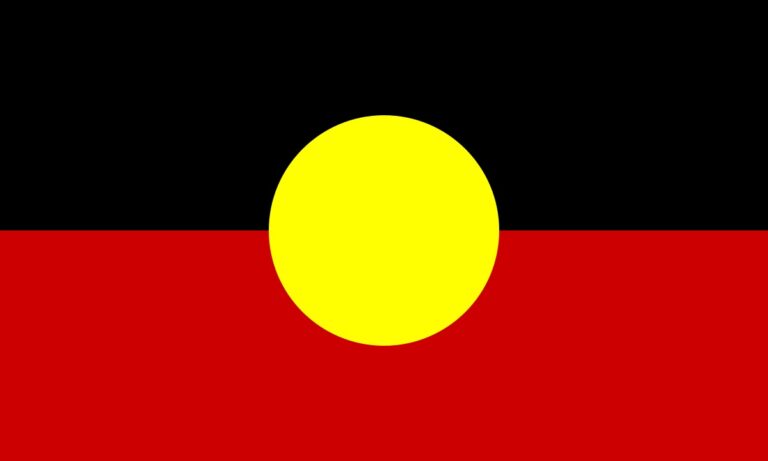Policies aimed at cutting alcohol and tobacco consumption, including the introduction of random breath testing programs and bans on cigarette advertising, have resulted in a significant reduction in Australian cancer death rates.
My team at the La Trobe Centre for Alcohol Policy Research (CAPR) has led the first study into how public health policies on alcohol and tobacco implemented from the 1960s affected cancer deaths in Australia.
The results are a century in the making. We compared cancer mortality data available from the 1950s with historical alcohol and tobacco control policies together with 100 years of consumption data.
Our research provides new evidence that key public health policies on alcohol and tobacco introduced in Australia from the 1960s to 2013 are related to reductions in mortality rates for various cancers.
“This study provides evidence that some changes to public health policies in Australia in the twentieth century were related to the changes in the population consumption of alcohol and tobacco, and in subsequent mortality from various cancers over the following 20 years.”
The changes in mortality rates are measured over 20-year periods and emphasise that the effects of alcohol and tobacco policies cannot be fully evaluated in the short term.
In fact, it’s clear from our findings that the full effect of more recent policies, such as plain cigarette packaging and alcohol content labelling of beverages, may not be known for decades.
Published on BMC Medicine yesterday (27 November 2019), here are some of our key research findings.
A series of key health policies on alcohol and tobacco have prevented more than five per cent (36,000) of total cancer deaths in Australia between the 1960s and 2013.
NEW research: 'Can public health #policies on #alcohol and #tobacco reduce a #cancer epidemic? Australia's experience'. @latrobe @unimelb @Stockholm_Uni @CancerVichttps://t.co/Z8JPv2EDua pic.twitter.com/DI3ysSsG3S
— BMC Medicine (@BMCMedicine) November 27, 2019
The introduction of random breath testing programs in Australia in 1976 was associated with a reduction in population drinking and cancer death rates for both men and women. The policy prevented one per cent of male deaths (4880) and 0.8 per cent of female deaths (1680) overall between the 1980s and 2013.
UK and US public health reports examining the health effects of tobacco released in 1962 and 1964 were associated with a reduction in Australian tobacco consumption and cancer death rates – excluding liver cancer – with three per cent of male (13,400) and four per cent of female cancer deaths (11,600) in Australia in the last 30 years.
The ban on cigarette advertising on Australian TV and radio in 1976 was associated with a 1.9 (4,520) and 2.2 (2,430) per cent reduction in total male and female cancer death rates respectively, excluding liver cancer, between the 1980s and 2013.
Policies aimed at cutting #alcohol and #tobacco consumption, including random breath testing programs and bans on cigarette advertising, have resulted in a significant reduction in Australian #cancer death rates, new @latrobe @CAPRAustralia research shows: https://t.co/VbMjnCTHZn pic.twitter.com/omhy0OzOzN
— La Trobe News (@latrobenews) November 27, 2019
It hasn’t all been good news. Liquor license liberalisation introduced in the 1960s was linked to an increase of 0.6 per cent (2,680) of total male cancer deaths in the last 30 years.
The study should help inform future government campaigns or policies on alcohol and tobacco. It’s important to evaluate what works, what doesn’t, and where to invest future funding.
We trust these findings will also influence Australians in making more informed decisions on their alcohol and tobacco consumption.







